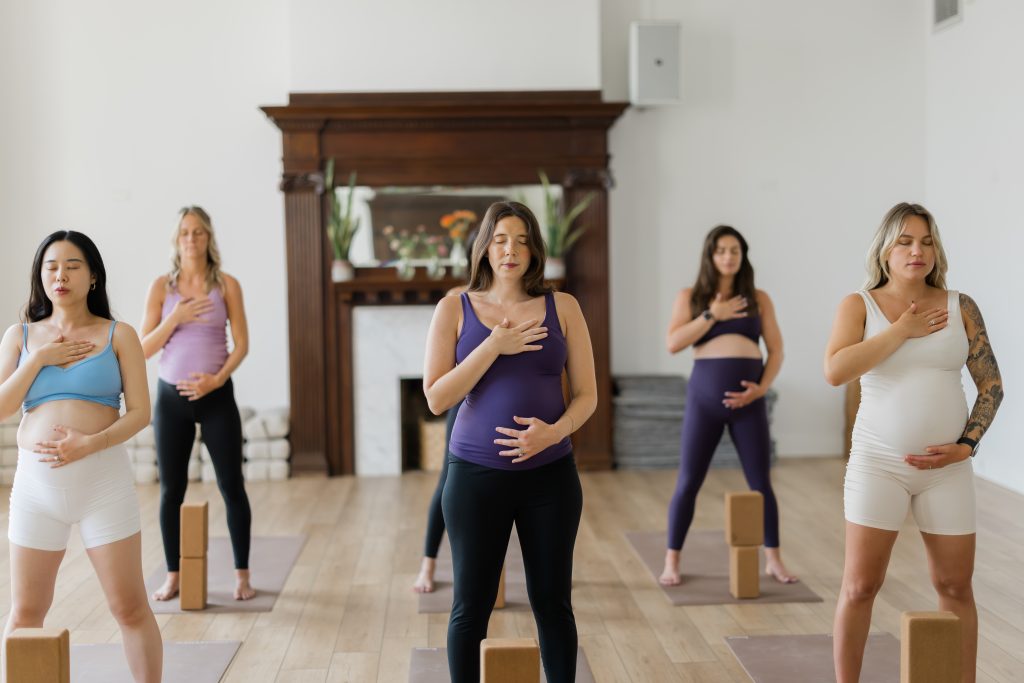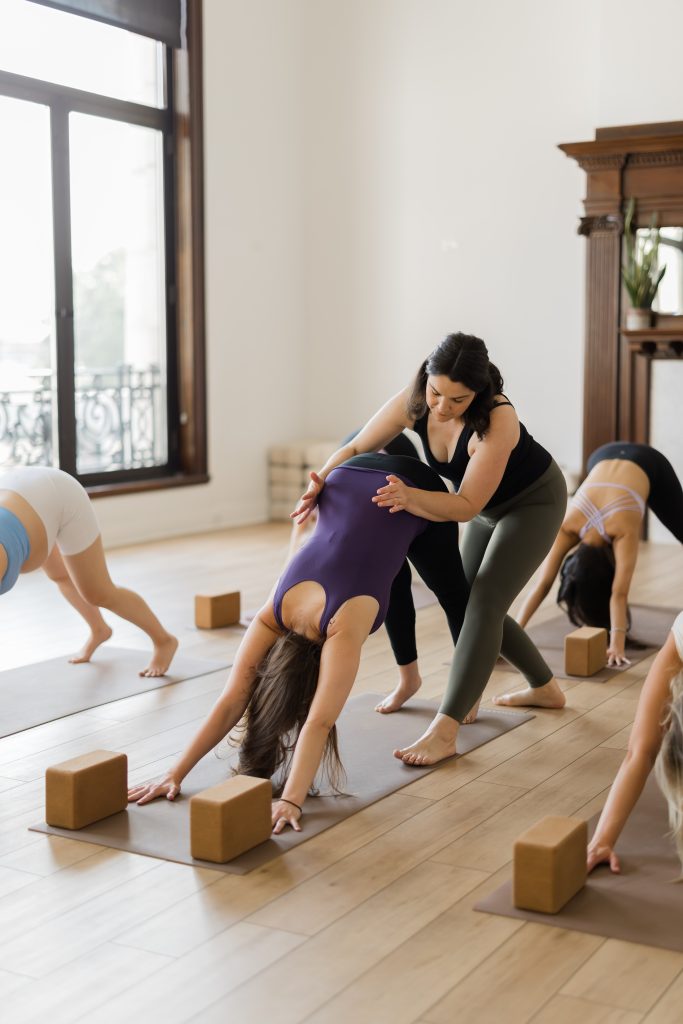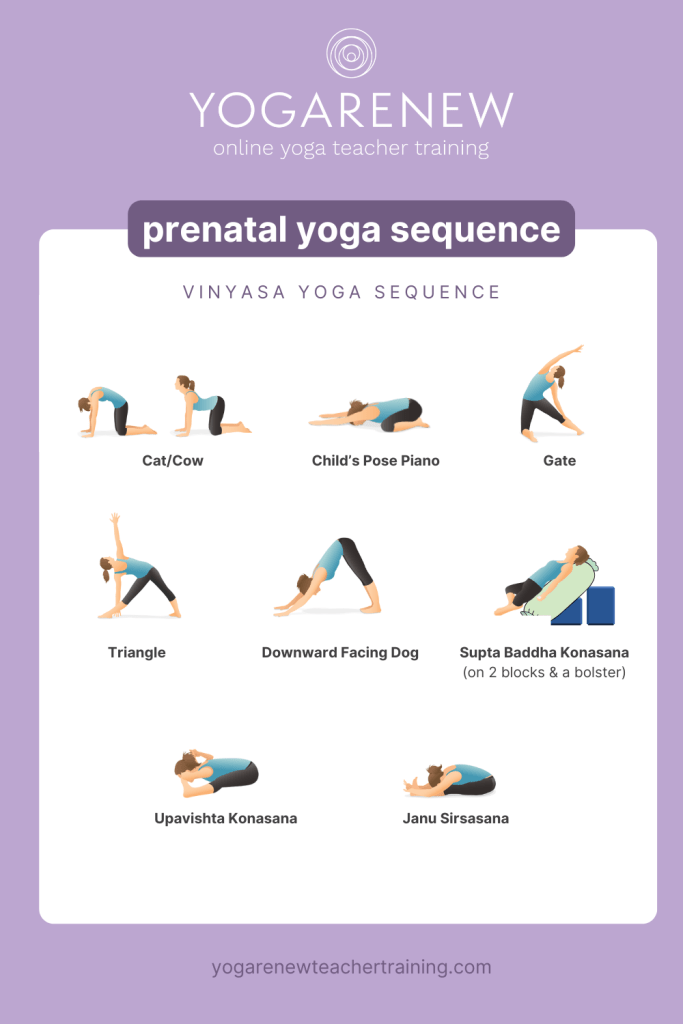
Ayurveda, which is sometimes referred to as the science of life or the sister science to yoga, has made my life better in so many ways. Ayurveda teaches us that when we’re sick, depressed, angry, overweight, or unhappy, we are experiencing an imbalance. The way to feel well again is to return to balance. Everything we see and experience here on planet Earth is made up of certain qualities and these qualities are what make up the unique blueprint that governs how we think, learn, feel, love, move, and act in the world. Although the teachings of Ayurveda can seem quite vast, it’s also a science that offers accessible practices to help us live our best life during our time here.
1. Balancing Guilty Pleasures
You’ll stop self-shaming whenever you have a certain craving. Ayurveda teaches us that like increases like and opposites balance. If it’s a cold and snowy day and you’re craving hot apple pie all day long, most fad diets will say that your craving is bad and then you may feel negative for wanting this “bad” thing. According to Ayurveda, if you’re feeling like you want something hot and sweet on a cold day, it simply means that you’re looking for something to balance out the cold and light qualities that are present during the winter months. If you look at your craving with curiosity rather than shame, you’ll notice that you simply need to come back to balance and you can do that with warm, cooked meals.
2. You’ll Learn to Act From a Place of Love
You’ll begin to do all things with love. Ayurveda aims to help us remember who we are and why we are here. When we’re operating from a place of love and recognizing that we are a soul that is all-loving, we begin to see that in all beings around us. When we’re moving through our days in this way, we make choices that are more fulfilling and we become happier in all that we do.
3. You’ll Find Things That Make You Happy
You’ll be happier. When we’re unhappy, it’s usually because we’re experiencing some kind of depletion or some kind of excess. The teachings of Ayurveda assure us that we’re not meant to exist in a state of emptiness or indulgence. When we’re experiencing too little or too much of something, we can empower ourselves to make choices that bring us back to that happy middle ground.
4. You Can Incorporate Yoga into Your Dinacharya (Routine)
Your yoga practice will be more balanced. Have you ever drank or ate something that upset your stomach or gave you heartburn? Have you ever found yourself on your yoga mat during that time? I have, and it wasn’t fun! Ayurveda’s focus on how we digest is key when it comes to feeling well in our beautiful bodies. Each of us has our own unique list of needs and when we listen to those, we can move with much more ease.
5. Master Meditation
Your meditation practice will be more focused. We don’t just digest meals, we also digest experiences. When our mind is frenetic and when we don’t give ourselves the time and space to process what we’ve experienced in a day, these experiences can basically constipate our thought process. We’re so lucky to be living in an era where modern science is proving the endless benefits of meditation, but if we can’t actually meditate because we’re so frenetic with all of our other experiences, those benefits may not find us.
6. Deal with Human Interaction From a More Balanced Place
Spending time with difficult people will become more bearable. When we understand The Doshas and how they can shape certain personalities, we grow more understanding towards the people around us – especially the ones we can’t really get away from. Perhaps you have a boss who is always starting a new project or looping you into a new idea, only to forget about that project or idea after you spent days working on the outline for it. Ayurveda informs us that this person simply has a lot of Vata in their personal blueprint and they probably do things like this all the time. Once we have an understanding of the Doshas and how they influence creativity, decision making, work ethic, and relationships, we become more understanding towards the people we have to see or work with on a regular basis. Maybe you could sit with your boss and create a timeline together or let them know you need a contract before you begin working. You could also kindly say you don’t have the time and step away without taking anything too personal.
7. Traveling Becomes Easier
Travel will be more easeful. Long road trips, flights, and boat rides will all either increase or deplete certain qualities within each of us. Once we know what qualities are most present within us and how to be balanced in our day to day life, we can prevent those headaches, digestive issues, irritability, and sicknesses that come with travel.
8. You’ll Be in Sync with the Seasons
The transitional time between the seasons will be more smooth. The study of the seasons and their rhythms is called “ritucharya” and it stresses the importance of adjusting our consciousness and our own rhythms to flow with the season. The time between each season is called “ritusandhi” and stresses the awareness we need to cultivate during the change of seasons as this is when we’re more likely to come out of balance. When we’re in rhythm with the seasons we’re in, we’re ideally balancing our bodies to be ready for what comes next and we lessen our chances of experiencing the cold/flu/allergies that sometimes come with seasonal changes.
9. You’ll Start to Physically Feel Better
You’ll feel better. If you’re incredibly healthy in your body, but your mind is always haunting you with anxiety or depression, your body will eventually begin to feel the weight of the mind. If your mind is healthy, but your body is not, your mind will eventually begin to move away from its state of ease. The same goes for matters of the heart and spirit. When one part of us is out of balance, we become imbalanced in another. When we’re in balance, which is one of our goals in Ayurveda, we feel much better and more like ourselves.
10. Your Relationships will Improve
Your relationships will be healthier and more fulfilling. The way we connect with the world around us is the way we inevitably connect with ourselves. The way we connect with ourselves is inevitably the way we connect with the world around us. When we’re studying and practicing even the smallest Ayurvedic practice or concept, we feel more fulfilled and more at peace with who we are and where we’re at.
Practicing Ayurveda is the Secret to a Lasting, Healthy Lifestyle
Some of the most simple practices in Ayurveda can be the most transformational. You don’t have to completely change your entire lifestyle to experience benefits. Many of the practices are about happiness and fulfillment and enjoying the time you have here during this lifetime. They connect us to the elements around us and provide us with the tools we need to experience them in a loving and blissful way.

– Written by yoga teacher & Ayurvedic goddess Lisa Bermudez


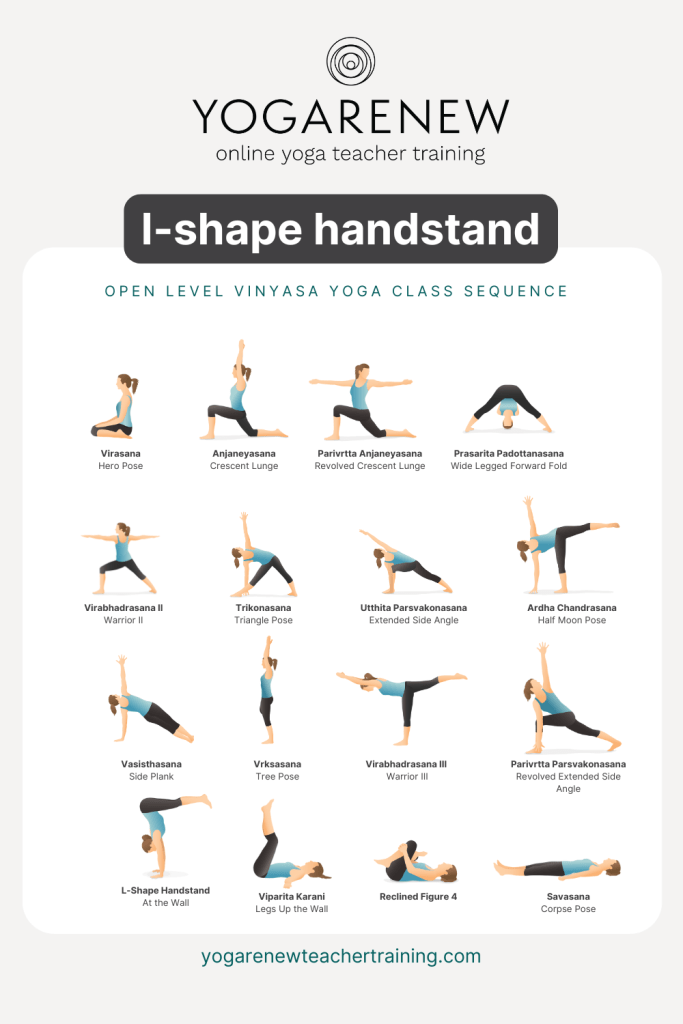
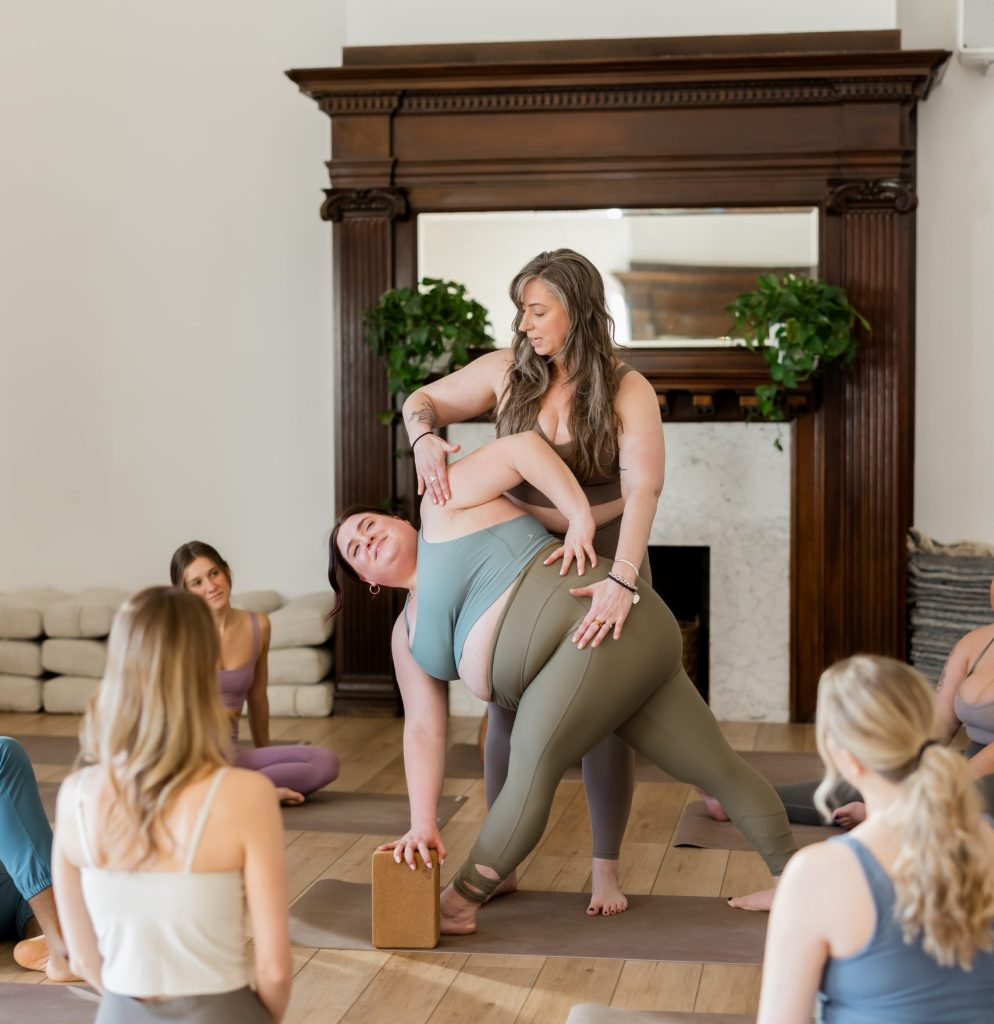
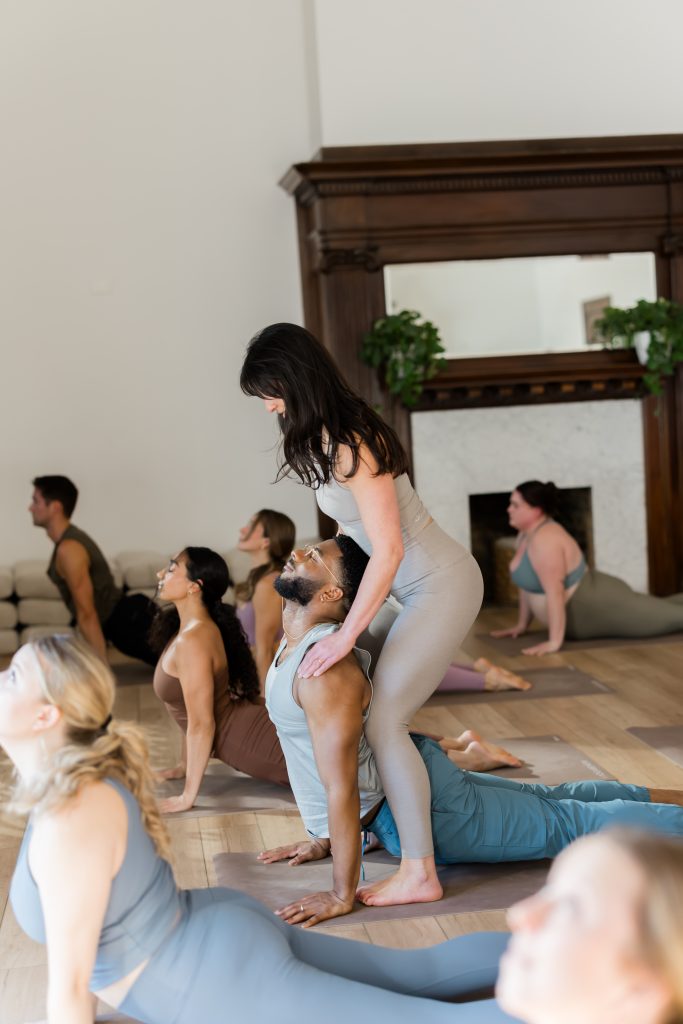
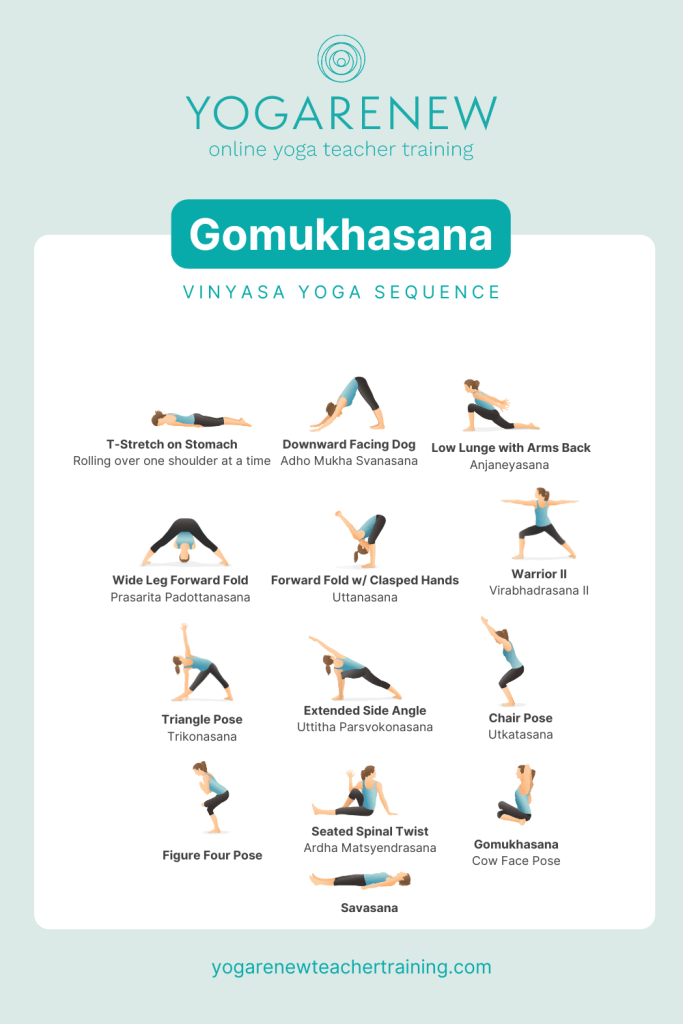
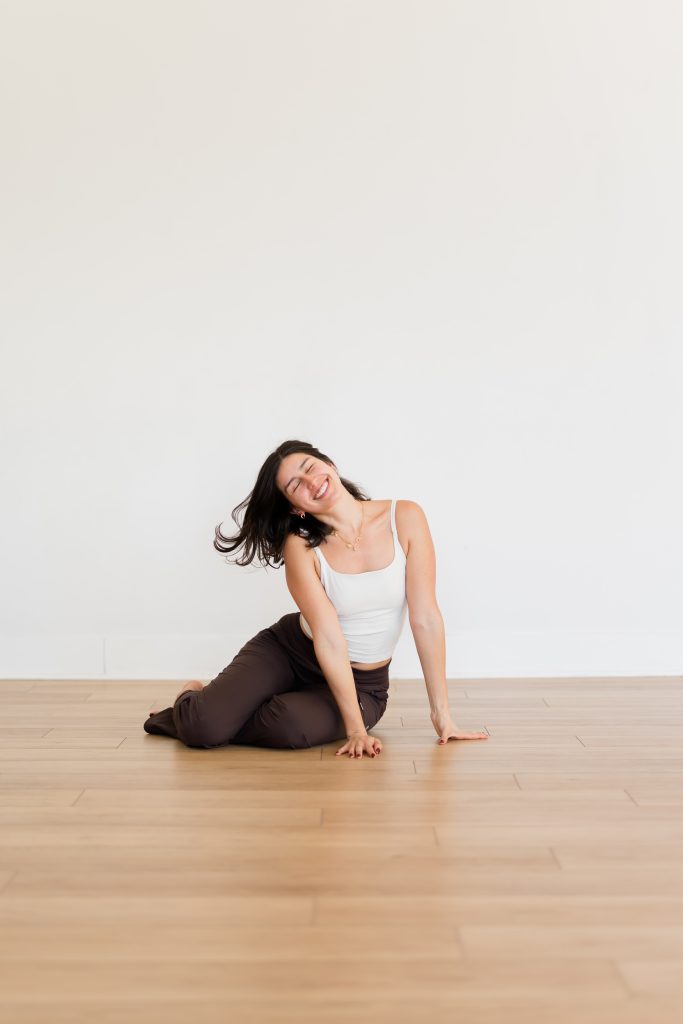

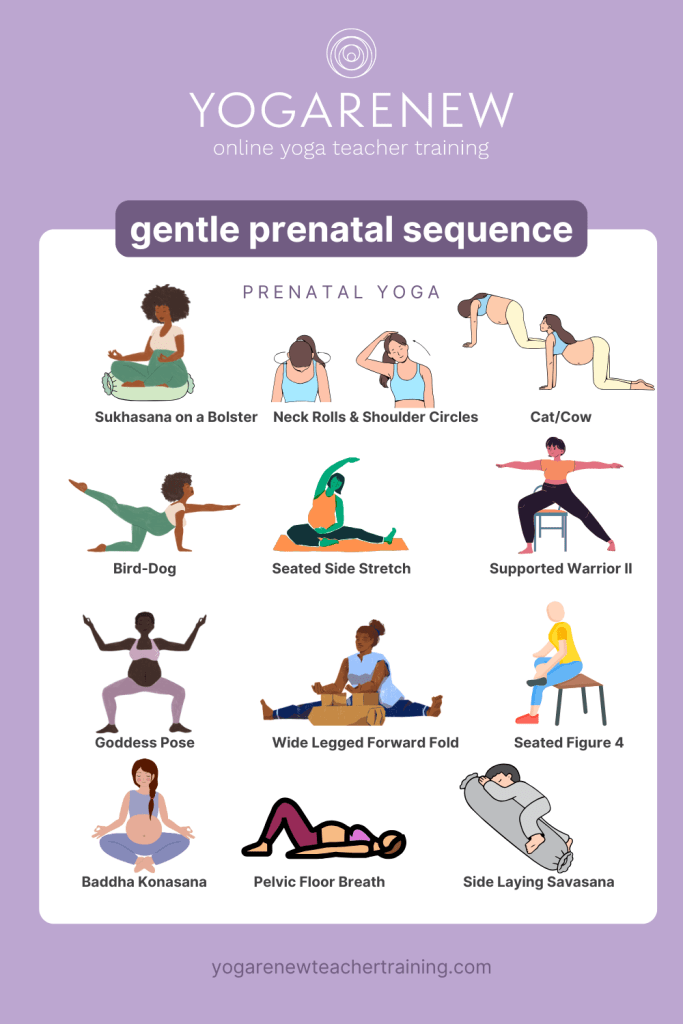
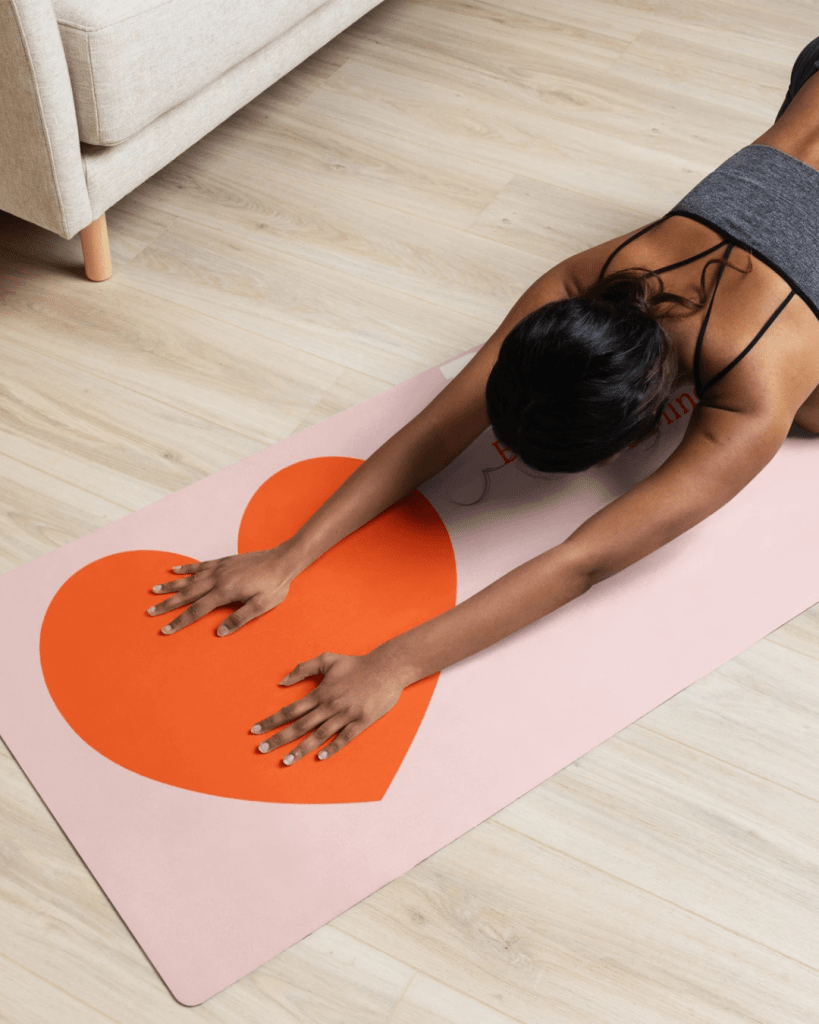
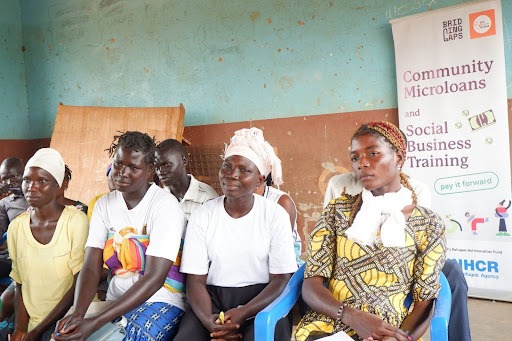 One of the many things that deeply resonated with me is the exploration of yoga philosophy, especially karma yoga. In Mark Stephens’ Teaching Yoga, he defines karma yoga as “the yoga of service,” literally translated as the path of “union through action.” He writes that it involves acting without consideration of desire or selfish need—and that idea really stayed with me. Years ago, I spent time at a yoga retreat where karma yoga meant helping in the kitchen or sweeping floors. Today, learning more about it, I expanded my definition of it to bringing microfinance to refugee settlements, co-creating community-based programs, and holding space for others to lead.
One of the many things that deeply resonated with me is the exploration of yoga philosophy, especially karma yoga. In Mark Stephens’ Teaching Yoga, he defines karma yoga as “the yoga of service,” literally translated as the path of “union through action.” He writes that it involves acting without consideration of desire or selfish need—and that idea really stayed with me. Years ago, I spent time at a yoga retreat where karma yoga meant helping in the kitchen or sweeping floors. Today, learning more about it, I expanded my definition of it to bringing microfinance to refugee settlements, co-creating community-based programs, and holding space for others to lead.
